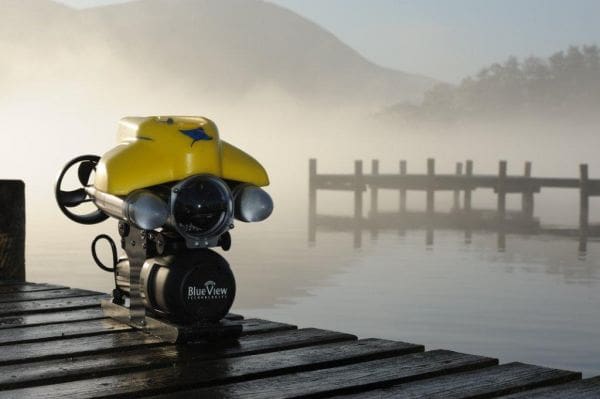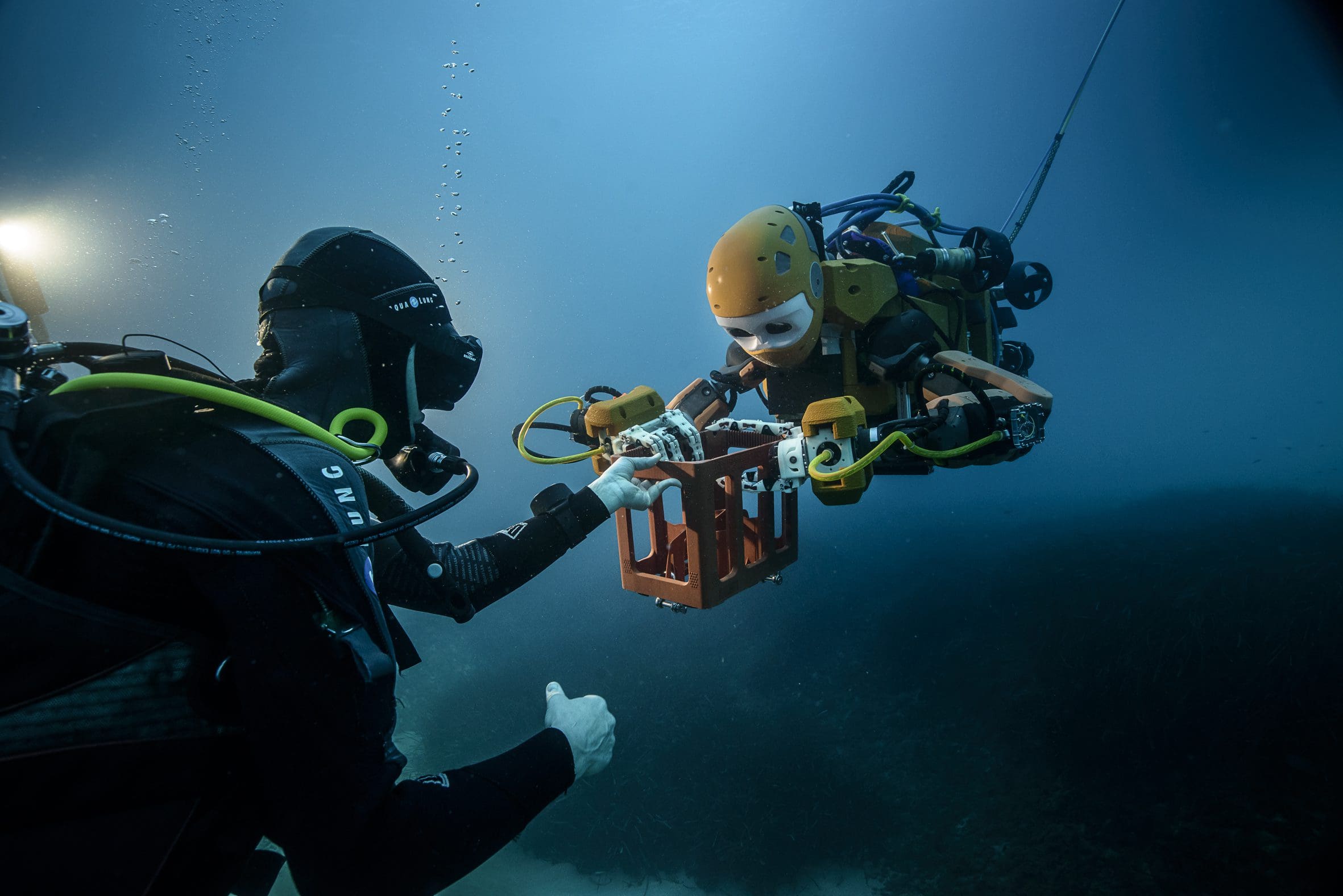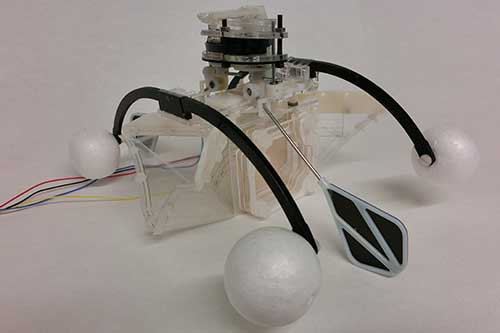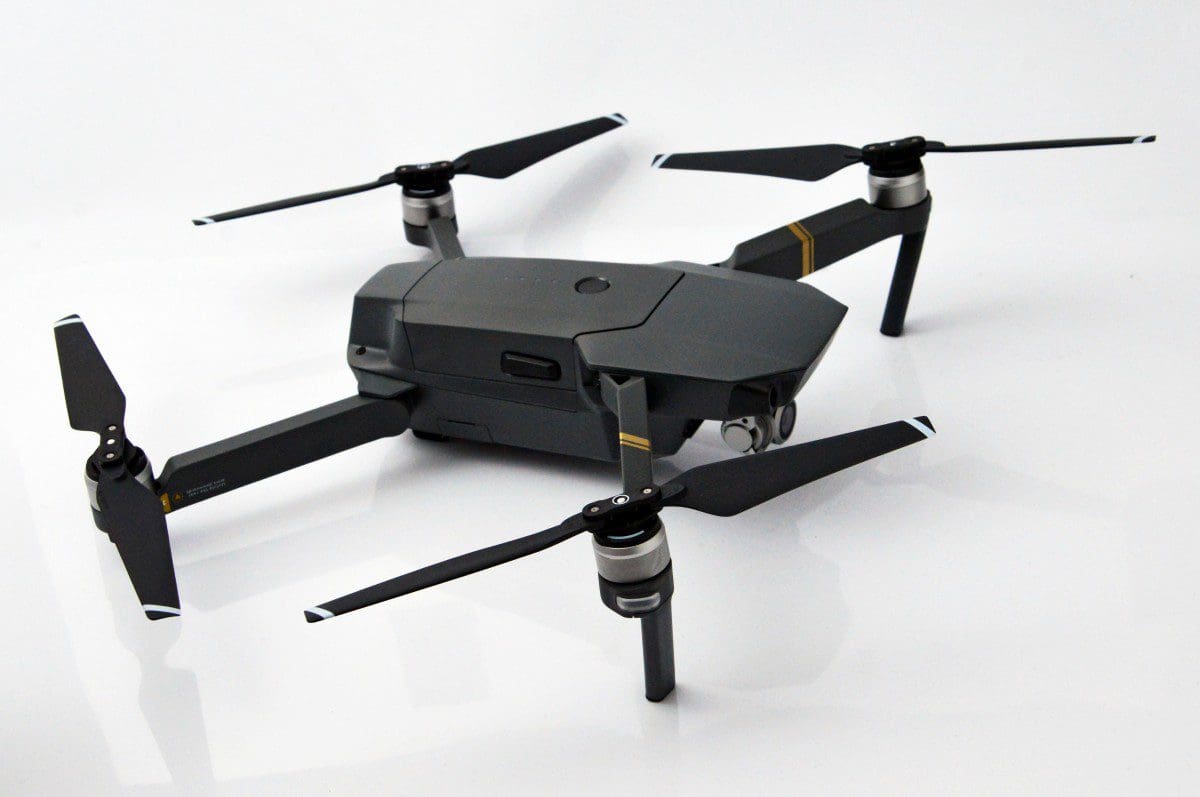Spanning three quarters of our planet, producing more than half of the world’s oxygen and feeding around half of the Earth’s population, our oceans are truly Earth’s lifeline. However, roughly 40% of marine ecosystems have been damaged as a result of climate change and thus ocean conservation is one of the most important environmental challenges we may ever encounter.
In recent years, the number of ocean robots has grown considerably. From collecting data to collecting rubbish, robotics can be used to preserve our oceans’ health. Here are five of the ways robots are helping preserve Earth’s largest habitat.
Robots can collect plastic from oceans:
Every single day around 8 million pieces of plastic enter our oceans. There are currently 5.25 trillion pieces of plastic floating around in our oceans. When this plastic breaks down it turns into microplastics, which are ultimately absorbed by fish, birds and, through them, humans.
Robots have been harnessed to remove ocean waste, to help restore the ocean to its natural form. One robot which has been developed with this objective is WasteShark. Inspired by whale sharks, WasteShark has been designed to clean up 200 litres of ocean waste by floating through the sea with its “mouth open” (like a whale shark).

Another great example is “Hector the Collector”, who has been designed to collect plastic from deep down at the bottom of the ocean. Diving to depths impossible for humans, Hector uses sonar to navigate the dark and find where rubbish has sunk to the ocean floor.

Robots can be used for environmental monitoring:
The Korea Research Institute of Ships and Ocean Engineering has designed robotic crabs used to gather seabed data. With the ability to overcome strong currents and unclear water, this 1,400-pound autonomous robot has been designed to mimic crabs and lobsters in their natural environment, collecting sea artifacts using frontal grippers (mimicking claws) and placing them in a “mouth like” compartment (mimicking a crab eating). The crab robot has been fitted with cameras allowing the controller to see what’s really happening at the deepest depths of the ocean.
Additionally, Ocean One, Stanford University’s humanoid robot was developed to monitor deep coral reefs in the Red Sea and has the ability to collect samples without damaging the reefs. Ocean One is similar to a scuba diver and has even been fitted with arms and touch feedback. However, unlike a human diver the robot can dive significantly deeper, collecting data from depths impossible for humans.

Robots can harvest wave and solar energy:
Liquid Robotics have developed “Wave Glider”, a surfboard lookalike that runs off solar energy collected through built in solar panels. This robot is a prime example of how we can reduce our dependence on fossil fuels like oil and instead harvest Earth’s natural resources.
Wave Gliders have the ability to gather data on weather conditions in remote locations. Measuring factors such as temperature, wind, humidity, water colour, Wave Gliders can predict natural disasters and monitor rare marine life.

Robots can “eat” water pollution:
The University of Bristol has developed a miniature robot, that mimics a marine insect, to digest water pollution and transform it to energy. Swimming along the water surface, ‘Row-bot’ feeds off algae and dead plants which in turn power the boat’s motor.

Robotic devices that improve wastewater treatment plants:
Drone technology has been utilised to inspect sewage systems, ensuring optimal efficiency and can also improve conditions for workers. Sewage inspection is crucial for ensuring ocean health as wastewater is often discharged into oceans and many sewage pipelines were constructed years ago when there was a lack of awareness of the effects of sewer pollution.
Using these support tools optimises worker safety as they can access places that are difficult and dangerous for humans to work. The drone is fitted with a 3D camera, 2D laser and infrared sensor and thus their position, speed, flight path and distance can be controlled.
These are just a few of the many robots being developed to help combat climate change. As the field of robotics progresses, the jobs robots can do are limitless, after all ‘the world is their oyster’. Maybe in the future there will be an underwater Marty who can put on his flippers and lend a hand!




Other posts you may like
Why Probeware Matters in Science Education
In today’s classrooms, hands-on learning is essential. Students learn best when they can see, measure, test, and experience concepts directly. That’s where probeware comes in. By giving learners the tools...
Raspberry Pi and Marty the Robot
Marty doesn’t require a Raspberry Pi to be programmable in unplugged mode, Blocks Jr, Blocks, or python, but it is super-easy to add a Raspberry Pi computer to Marty the…
The Importance of Physical Computing: Why Hands On Coding Matters
What is physical computing? Physical computing is the use of code to control and interact with devices in the real world. Instead of running programs only on a screen, students...
TRY MARTY
FOR FREE
Are you looking for new STEM resources for your classroom? Robotical are loaning Marty the Robot to schools for no-obligation, 2 week trials.